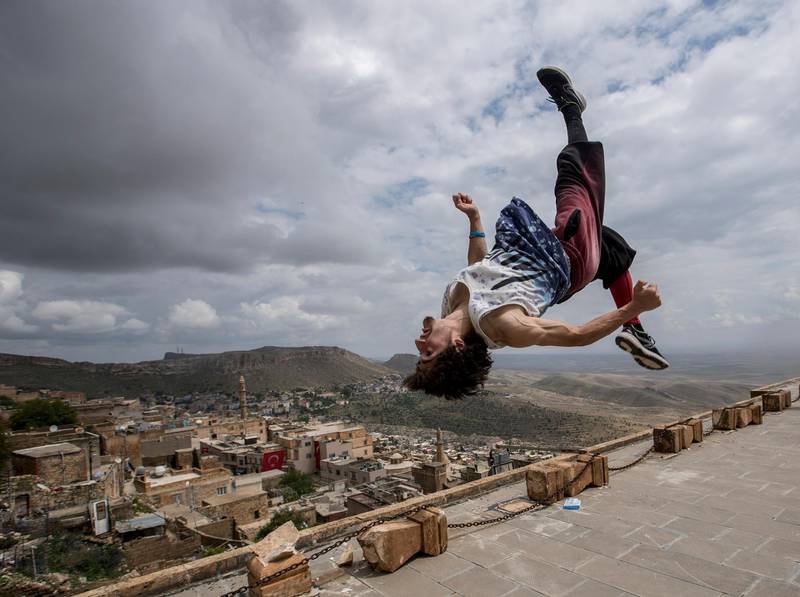Mirror’s Edge is a first-person action-adventure game that was released in 2008. It is known for its unique and thrilling parkour mechanics, which allow players to navigate their environment in a fluid, almost effortless way. The game’s combat system emphasizes strategy and timing, rather than brute force, and its levels are carefully designed to take advantage of the parkour mechanics. The game features a white and blue color scheme with occasional splashes of bright color, creating a minimalist yet vibrant world for players to explore. Despite its age, Mirror’s Edge remains a must-play for anyone looking for a fresh take on the first-person genre.
The Thrilling Parkour Mechanics of Mirror’s Edge
Introduction
Mirror’s Edge is a first-person action-adventure game developed by DICE and published by Electronic Arts. It was released in 2008 and quickly gained a reputation for its unique and thrilling parkour mechanics. In this game, players control the protagonist, Faith Connors, and navigate the rooftops of a futuristic city while outrunning enemies and completing objectives.
Freedom of Movement
The most notable feature of Mirror’s Edge is its freedom of movement. The game allows players to navigate their environment in a fluid, almost effortless way. Faith is able to jump, slide, climb, and even wall-run to get around obstacles and reach her goals. The controls are intuitive and responsive, allowing players to easily perform complex maneuvers.
One of the keys to this freedom of movement is the use of color to guide the player. The game’s environments are mostly white, grey, and blue, but key objects and surfaces are highlighted in red. This serves as a visual cue for the player, indicating where they can go and what they can interact with.
Combat
In addition to its parkour mechanics, Mirror’s Edge also features a unique combat system. Faith is not a traditional fighter, and she is at a disadvantage in hand-to-hand combat. Instead, players must use Faith’s agility and speed to avoid attacks and create openings for counterattacks.
The game’s combat is designed to be fast-paced and cinematic. Players can perform “disarm” moves to take weapons from enemies and use them against their attackers. It’s a refreshing take on combat in a first-person game, as it emphasizes strategy and timing over brute force.
Level Design
The levels in Mirror’s Edge are carefully designed to take advantage of the game’s parkour mechanics. They are filled with obstacles and opportunities for players to show off their skills. The levels are also designed to be non-linear, allowing players to find their own paths through the environment.
The game’s levels are also visually striking. The white and blue color scheme is contrasted with occasional splashes of bright color, creating a minimalist yet vibrant world for players to explore.
Conclusion
Mirror’s Edge remains a unique and thrilling game, with a parkour system that has yet to be matched by any other game. Its focus on freedom of movement and non-traditional combat make it a standout in the first-person genre. Its level design is both challenging and visually stunning, creating a world that is as fun to look at as it is to play in.
Despite its age, Mirror’s Edge still holds up as a must-play for anyone looking for a fresh take on the first-person genre. Its mechanics are still unique and exciting, and its world is still a joy to explore.
